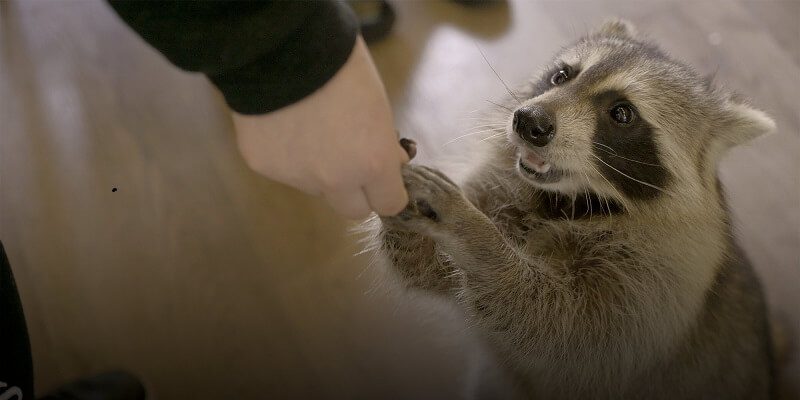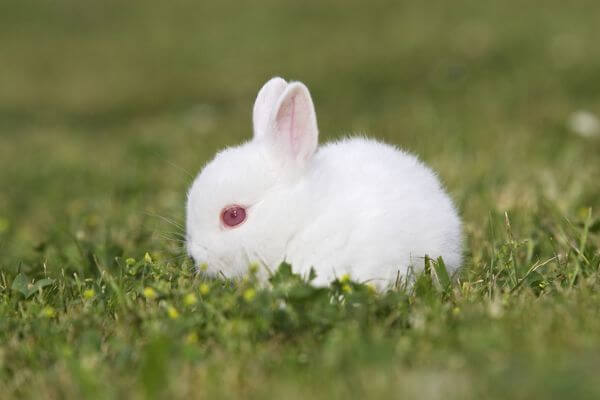The Black Mamba, Dendroaspis polylepis, lives in the forest and swamp regions of southern and eastern Africa. It is a dangerous and highly unpredictable venomous snake because when it meets a human, it is not known how it will react, either dissappearing in an instant or attacking him by surprise. It is considered a dangerous predator because it is very aggressive and one of the most venomous snakes in Africa.
It has a high speed and can reach 20 km/h, which is enough to catch a running person. This is why it was called the fastest snake on Earth.
They usually live in different ecosystems because they have a great capacity for adaptation. However, the preferred ecosystems are those that have dry environments with low humidity. Therefore, we find these snakes in larger populations in both deserts and savannas. These ecosystems are located at an altitude of less than 1000 meters. On the other hand, we can also find them in some forests and jungles with moisture and altitudes that reach 1600 and 1800 meters high. It is considered a species that is found among the vegetation where it places burrows in small holes or cliffs. Only occasionally it can be found in a tree. This happens if they are in ecosystems with a lot of vegetation.
This snake is indigenous to the African continent. Its distribution area includes countries among which we find Congo, Ethiopia, Uganda, Zambia, Tanzania, Malawi, Mozambique, and Kenya.
Appearance
The average body length is 2,2-2,7 meters, although extreme cases of specimens exceeding 4 meters have been reported.
Despite the name, the color of these snakes is rather brown, olive, gray, or sometimes khaki. The name comes from the dark blue to black color of the mouth.
Its body is covered with smooth, large scales, and although the color is not black as expected, the shades of gray and brown predominate. Especially on the back side, the color is much lighter. It has a slim and graceful body with a very beautiful appearance.
The head is elongated, well differentiated from the body, with well-highlighted supra-ocular arches. The eyes are medium-sized, the pupils are round, and the tail is very thin. They move easily on any terrain, climb quickly into trees, and can even rise from the ground on three-quarters of their length. Some large specimens manage to reach heights of about 3 m.
How poisonous is the black mamba?
This terrible snake can bite more than 12 times in a row. A single bite is capable of killing 10 to 25 adults.
The black mamba’s venom is a fast-acting neurotoxin. A bite releases on average about 100-120 mg of venom, however, it can release up to 400 mg. If the venom reaches a vein, 0.25 mg/kg is enough to kill a man in 50% of cases.
The initial symptom of the bite is local pain in the bite region. Then it gets worse. If the victim does not receive medical care, the symptoms rapidly progress to strong abdominal pain, nausea and vomiting, pallor, shock, nephrotoxicity, kidney failure, cardio-toxicity, and paralysis. Eventually, the victim suffers convulsions, stops breathing, goes into a coma, and then dies. Without the anti-venom, the mortality rate is nearly 100%, one of the highest of all venomous snakes.
Diet
The black mamba’s most common prey are small mammals, birds, and reptiles. They are able to defend themselves against larger predators because of the lethal venom they possess. To capture their prey, they bite it in such a way that the prey can die in just a few seconds. The main effect of its poison is paralyzing. The prey that has been injected with poison is completely paralyzed without having any chance to defend itself. When the poison comes into effect, the prey dies.
When the black mamba has already met its prey and hunted it, it devours it without even chewing. To do this, it disengages the lower jaw as these reptiles generally do. This is how they can swallow the whole prey, and the digestive system is responsible for the complete digestion of the animal.
Behavior
 Black mambas are diurnal animals, mainly terrestrial, and shy, who prefer to stay hidden. They can climb trees very quickly if needed. They spend a lot of time sunbathing and return to their favorite place many times if they are not disturbed.
Black mambas are diurnal animals, mainly terrestrial, and shy, who prefer to stay hidden. They can climb trees very quickly if needed. They spend a lot of time sunbathing and return to their favorite place many times if they are not disturbed.
They hunt mostly by day and usually warm-blooded animals, small mammals, and birds, but in some cases, they attack other species of small snakes. Although it has a long length, it is a good climber and is able to sneak with agility through the branches of trees and thorny bushes on the ground.
It is a territorial snake that shelters itself in the hollows of trees and the cracks of rocks. During the mating period, there are fights between the males. They rise and intertwine the upper halves of their bodies, try to knock each other down, and perform specific movements as in a ritual, without injuring each other.
You might also like my articles on:
In the end, the winner takes down his rival to the ground and mates with any female on his territory.
When they feel threatened, they prefer to retreat. If they do not have this possibility, they will issue a series of warnings; they will raise their heads, open their mouths, and they will jump before the attack. Sudden movements cause them to attack. The attack consists of several bites in extremely rapid succession.
Reproduction
Reproduction in black mambas occurs once a year. It is the only time of year when we can find more than one individual in the same ecosystem, of their own free will. The mating season takes place in spring. During this time, males compete with each other for females. To do this, they weave their bodies to try to immobilize the enemy and raise their head above the opponent. Anyone who has won the battle has the prestige of being able to sniff the female and start mating.
Its reproduction is oviparous. The female has the ability to lay between 6 and 17 eggs in a burrow. She is not even considered a mother, as she has no role in the care or protection of eggs. Eggs hatch at three months, and new individuals are already able to find their own food or grow and leave the burrow by themselves.
Span life
There is not enough data concerning a black mamba’s span of life. In captivity, they live about 10-11 years, but it is assumed that the life span can be significantly longer in their natural environment.
The Black Mamba is a very common snake in Africa and is not endangered. It is part of the Squamata order and the Elapidae family.
Facts!
- In reality, this snake is not black but has a brown-gray color and is known for its rapidity and deadly venom.
- It can reach a speed of 23km/h.
- The snake can dislodge its maxilla for a short time and swallow prey larger than its own head.
- It digests prey the size of a larger rat in 9 hours.
- The venom obtained for pharmaceutical purposes comes from the black mamba.
- The black mamba can hold its head 50cm above the ground.
- When attacking, it can rise up to 1m from the ground.




